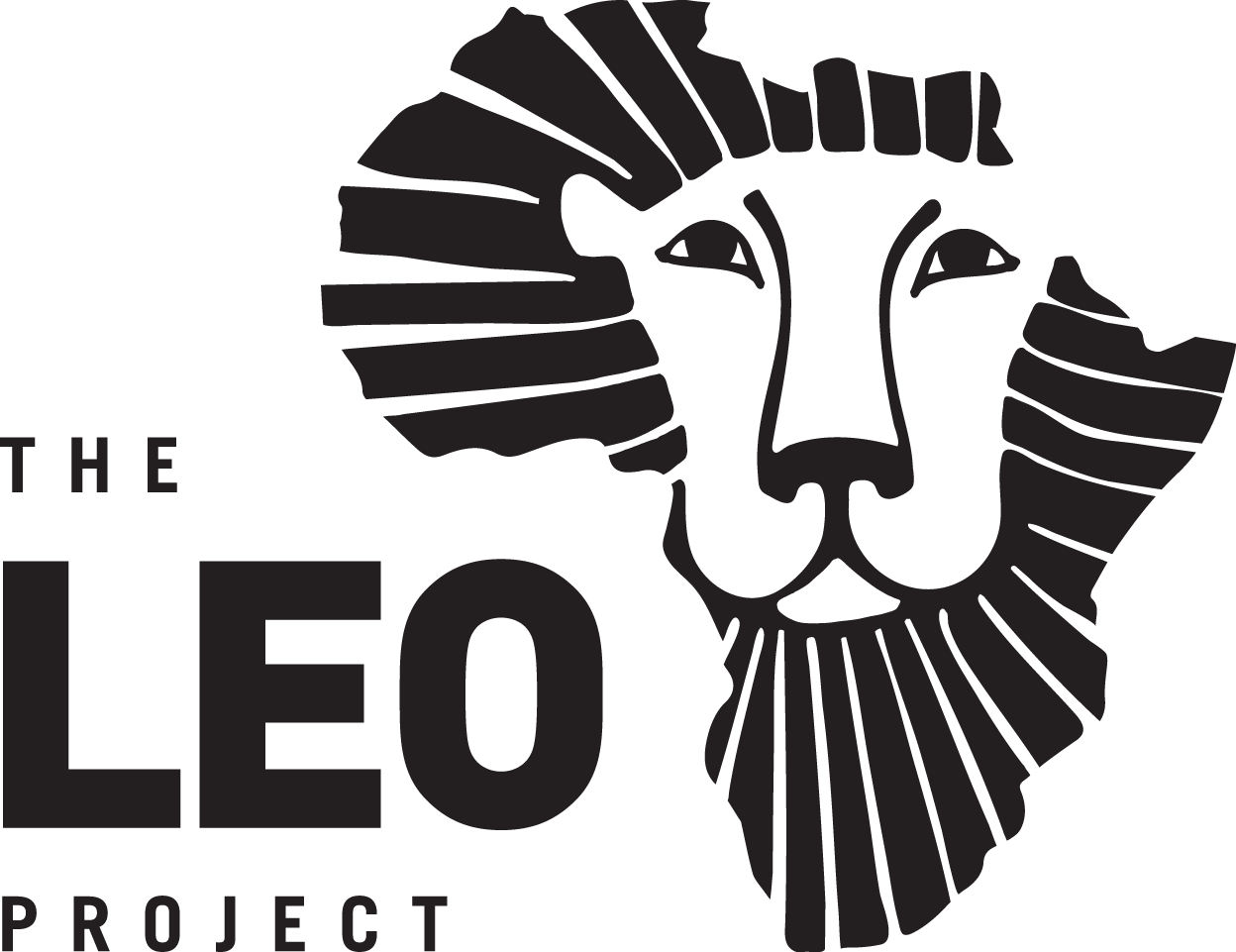The Unseen Crisis: How Lack of Diagnostics and Data Are Fueling a Global Health Epidemic in Kenya
By Jess Danforth, Founder and Executive Director of The Leo Project
Recently, on an ordinary clinic day, a woman was brought into our out-patient facility. She was accompanied by her parents. She had been diagnosed with depression, but despite medication and visits to multiple medical facilities, nothing was improving, and they were no closer to understanding what was happening. They were worried.
However, she had not received a single imaging test. Nothing. Our clinical team immediately sent her for a brain CT-scan. The imaging revealed meningitis and a slow leaking aneurysm. Four days later, she passed away, too late for any treatment.
Across Kenya, and much of sub-Saharan Africa, the greatest health challenge is not one single disease, rather the pervasive absence of accurate diagnosis and health data. This silent epidemic undermines every aspect of healthcare delivery, from clinical decision-making and public health planning to research and funding allocation. The result is a cycle of misdiagnosis, mistreatment, and mistrust. It is driving morbidity and mortality, perpetuating preventable deaths.
Kenya faces a dual burden of disease: infectious conditions such as malaria, HIV, and tuberculosis coexist with an accelerating rise in non-communicable diseases (NCDs) such as cancer, diabetes, and hypertension. Yet for many, access to basic diagnostic tools remains out of reach. According to the Lancet Commission on Diagnostics (2022), nearly half the global population lacks access to basic diagnostic tools — a statistic that is acutely visible in the Kenyan context. In rural areas, the majority of clinical decisions are based on symptomatic assessment alone.
The implications are profound. Without reliable diagnostics, a child with fever may be treated for malaria when the underlying cause is a urinary tract infection. A woman with persistent abdominal pain may receive antibiotics for months before being diagnosed with late-stage cancer. Misdiagnosis not only delays effective treatment but also drives antimicrobial resistance, contributes to higher mortality, and strains an already fragmented health system. The widespread use of antibiotics and subsequent AMR is a global threat projected to cause 10 million deaths annually by 2050. Misdiagnoses also perpetuate mistrust in health facilities, driving many toward unregulated providers or self-medication and, over time, these dynamics erode public confidence and weaken the foundation of the entire health system.
Equally troubling is the lack of health data. Here in Kenya, community health facilities still rely on handwritten registers. USAID and PEPFAR fund the implementation of an EMR and then funding is pulled. As a result of this lack of consistent, comprehensive data management, national health data fails to reflect the realities on the ground. At the national level, Kenya’s Health Information System (KHIS) collects large volumes of data from public facilities, but private and community-based clinics, where a significant proportion of primary care occurs, often operate outside of formal reporting channels. As a result, much of the country’s health burden remains invisible in official records. The absence of timely, accurate data obscures disease patterns, hinders early outbreak detection, and limits effective allocation of resources.
This data void also distorts the global health narrative. International funders follow measurable outcomes, yet without reliable data,Kenyan communities remain invisible in global statistics. Diseases that disproportionately affect rural populations, such as cervical cancer or mental health disorders, are chronically underreported and underfunded. It’s like they don’t exist.
Addressing these gaps requires more than technology, it requires systemic transformation. Strengthening Kenya’s diagnostic capabilities means investing in laboratory infrastructure, expanding point-of-care testing, and training health workers. Equally important is building interoperable digital systems that integrate data from community health workers, clinics, and hospitals, both public and private, ensuring that every diagnosis contributes to a larger understanding of population health.
The lack of diagnostics and data in Kenya is not merely a logistical challenge, it is systemic failure that will continue to fuel an epidemic. Without accurate diagnosis, health outcomes remain anecdotal rather than evidence-driven, treatment becomes guesswork and policy becomes speculation.
The path forward requires both innovation and intentionality. At The Leo Project, our approach is to integrate clinical services with data-driven community health programs. We are piloting point-of-care diagnostics for infectious diseases and select chronic illnesses. Simultaneously, we are building out an electronic medical records system designed to capture not just clinical outcomes but also social determinants of health. At The Leo Project, we see daily how a simple diagnostic test, or the ability to track and analyze patient data, can mean the difference between life and death.
